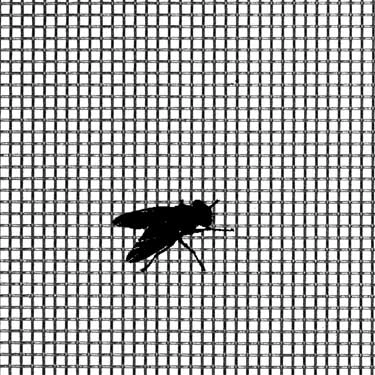The Essential Guide to Plant Cages and Supports
Gardening is a rewarding hobby that allows us to connect with nature and cultivate various plant species. However, certain plants, particularly climbing or tall varieties, require a little extra support to reach their full potential. This is where plant cages and supports come into play. Not only do they provide physical stability, but they can also enhance the overall aesthetic of your garden. In this guide, we'll explore the importance of plant cages and supports, the types available, and tips for their effective use.
The Importance of Plant Cages and Supports
Plant cages and supports are specially designed structures that help support the growth and development of plants. They are essential for several reasons
1. Promoting Healthy Growth Many plants, especially tomatoes, cucumbers, and beans, benefit from climbing. When supported properly, plants can grow more vigorously and produce better yields.
2. Preventing Damage Heavy fruits can weigh down branches, causing them to break or split. Supports help to distribute the weight more evenly, preventing damage during storms or heavy winds.
3. Improving Air Circulation Plant supports elevate stems, allowing for better airflow around the plant. This can help reduce the risk of disease, particularly fungal infections that thrive in damp, crowded conditions.
4. Maximizing Space By utilizing vertical space, gardeners can cultivate more plants in a limited area. This is particularly beneficial for urban gardening, where space is often at a premium.
5. Enhancing Aesthetics Well-placed supports can add structure and beauty to a garden. A trellis adorned with flowering vines can serve as a stunning focal point, enhancing the overall visual appeal of your outdoor space.
Types of Plant Cages and Supports
Understanding the various types of plant supports available can help you choose the right one for your gardening needs
1. Stake Supports Simple yet effective, stakes can be used for individual plants. They are typically made of wood, metal, or bamboo and are inserted into the ground beside the plant to provide support.
plant cages & supports

2. Cages Plant cages, usually made of wire or plastic, encircle the plant to offer support from all sides. They are especially useful for tomato plants, as they can accommodate growth while keeping heavy fruit off the ground.
3. Trellises These vertical structures provide support for climbing plants such as peas and cucumbers. Trellises can be freestanding or wall-mounted and can be made from various materials, including wood, metal, or PVC.
4. Arbors and Pergolas Larger structures like arbors and pergolas not only serve as supports for climbing plants but also provide shade and seating areas, transforming your garden into a functional outdoor living space.
5. Netting Plant netting can be draped over plants to provide support for delicate flowers or fruits. It’s often used for soft-stemmed plants that may not do well with more rigid supports.
Tips for Using Plant Cages and Supports
To ensure that your plant cages and supports are effective, consider the following tips
1. Choose the Right Size Ensure that the support is tall enough to accommodate the plant's expected growth. For taller plants, consider taller cages or stakes.
2. Install Early It’s best to install supports early in the plant's growth cycle to avoid disrupting roots later. This also helps prevent damage to young stems.
3. Secure Properly When using stakes, make sure they are securely anchored in the ground to withstand wind and the weight of the plant.
4. Train Plants Regularly As plants grow, periodically tie them to their supports with soft materials like twine or cloth to guide their growth in the desired direction.
In conclusion, plant cages and supports are vital tools for any gardener looking to enhance plant growth, prevent damage, and create a visually appealing garden. By selecting the right type of support, using them effectively, and caring for your plants diligently, you can enjoy a flourishing garden full of vibrant life.
















